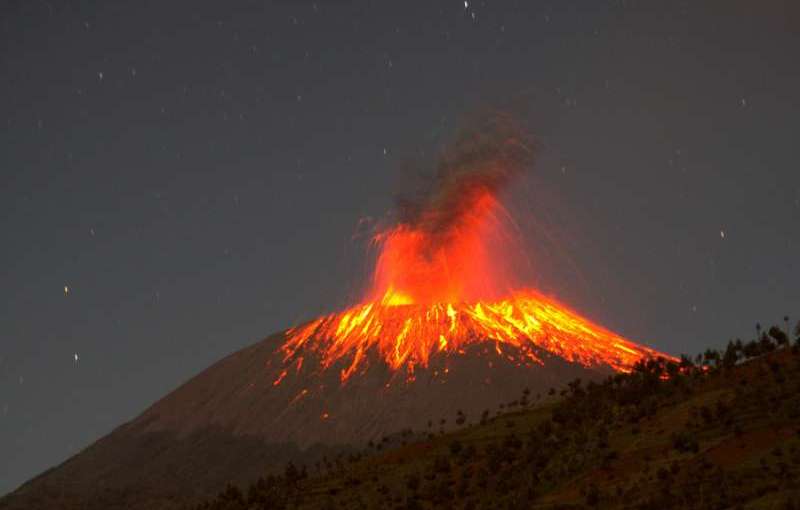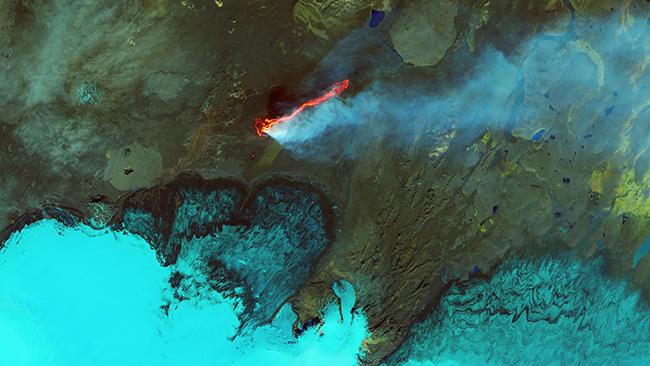OF THE
TIMES
Heading for ice ageHeading for ice age
"GRAHAM Lloyd has reported on the Bureau of Meteorology's capitulation to scientific criticism that it should publish an accounting of the corrections it makes to temperature records ("Bureau warms to transparency over adjusted records", 12/9). Corrections which, furthermore, act to reinforce the bureau's dedication to a prognosis of future dangerous global warming, by turning cooling temperature trends into warming ones - a practice also known to occur in the US, Britain and New Zealand.
Meanwhile, we have a report by Sue Neales that the size of our grain harvest remains in doubt following severe frosts in southern NSW killing large areas of early wheat crops and also damaging wheat and canola crops in South Australia and Victoria ("Trifecta of calamities to deplete. crop harvest", 12/9)
Is it unreasonable to be surprised that none of your writers, much less the government, has noticed that leading solar astrophysicists, such as Habibullo Abdussamatov from Pulkovo Observatory in St Petersburg, have for years been commenting on the declining activity of the sun?
These scientists are projecting a significant cooling over the next three decades, and perhaps even the occurrence of another little ice age.
Obsessed as they are with a gentle global warming trend that stopped late last century, should the expected solar cooling eventuate, policy makers will rue the day they failed to heed the advice of independent scientists on climate change issues."
Brandon Spinner @wxSpinner89 Sep 11
Way too early for this. Even the Presidents look like they are crying..."



Comment: See: Bardarbunga erupts with lava fountains up to 50 meters